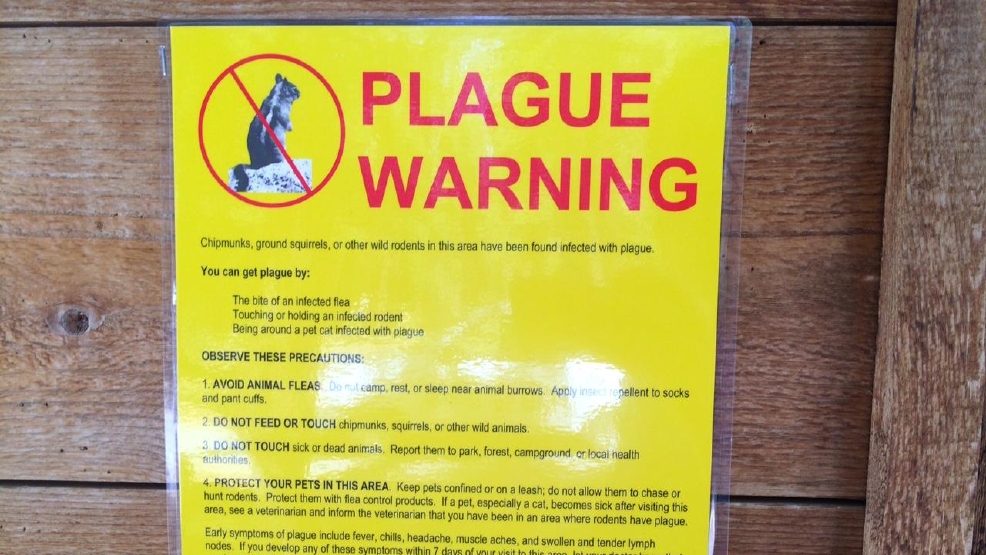
To prevent illness, a person who has been exposed must receive antibiotic treatment without delay. Someone who thinks they have the plague should get immediate medical attention. What should someone do if they think they have the plague? Untreated septicemic plague is usually fatal.
#CHIPMUNK PLAGUE SKIN#
Patients with septicemic plague experience fever, chills, tiredness, abdominal pain, shock, and bleeding into the skin and other organs. Septicemic plague – If bubonic plague goes untreated, the bacteria can multiply in the blood stream and produce plague septicemia, a severe blood infection.Some people have gastrointestinal symptoms. Other symptoms are fever, headache, chills, and extreme tiredness. The lymph nodes swell, causing painful lumps. Bubonic plague – When a person is bitten by an infected flea or is infected by handling an infected animal, the bacteria move through the bloodstream to the lymph nodes.Untreated pneumonic plague is usually fatal. Plague pneumonia is considered a public health emergency because a cough can quickly spread the disease to others. Pneumonic plague – People with plague pneumonia have high fever, chills, difficulty breathing, a cough, and bloody sputum.Someone exposed to plague bacteria would become ill within one to seven days. How quickly would an exposed person get sick?

Both bubonic and pneumonic plague are readily controlled by standard public health response measures. Naturally occurring pneumonic plague is uncommon, although small outbreaks do occur.

Most cases are of the bubonic form of the disease. These cases are usually scattered and occur in rural to semi-rural areas. (Arizona, New Mexico, Colorado, California, and Utah). Although plague does not occur naturally in Michigan, about 5-15 cases occur yearly in the southwestern part of the U.S. The World Health Organization reports 1,000 to 3,000 cases of plague worldwide every year. Septicemic plague does not spread from person to person. It can be caused by a complication of pneumonic or bubonic plague or it can occur by itself.

Respiratory droplets are spread by coughing or sneezing. Pneumonic plague can be transmitted by breathing in plague bacteria in respiratory droplets from a person or animal with pneumonic plague. Pneumonic plague occurs when plague bacteria infects the lungs. This type of plague can spread from person to person through the air.By inhaling infectious airborne droplets from persons or animals, especially cats, with plague pneumonia.By direct contact with an animal that has the plague.How do people become infected with plague? In the United States, the last urban plague outbreak occurred in Los Angeles in 1924-25. Millions of people in Europe died from plague during the Middle Ages when flea-infested rats inhabited human homes and places of work. Plague is an ancient disease that occurs in irregular cycles.

This bacterium is found in rodents and their fleas and occurs in many areas of the world, including the United States. It is caused by the bacterium Yersinia pestis. Plague is an infectious disease that affects animals and humans.


 0 kommentar(er)
0 kommentar(er)
